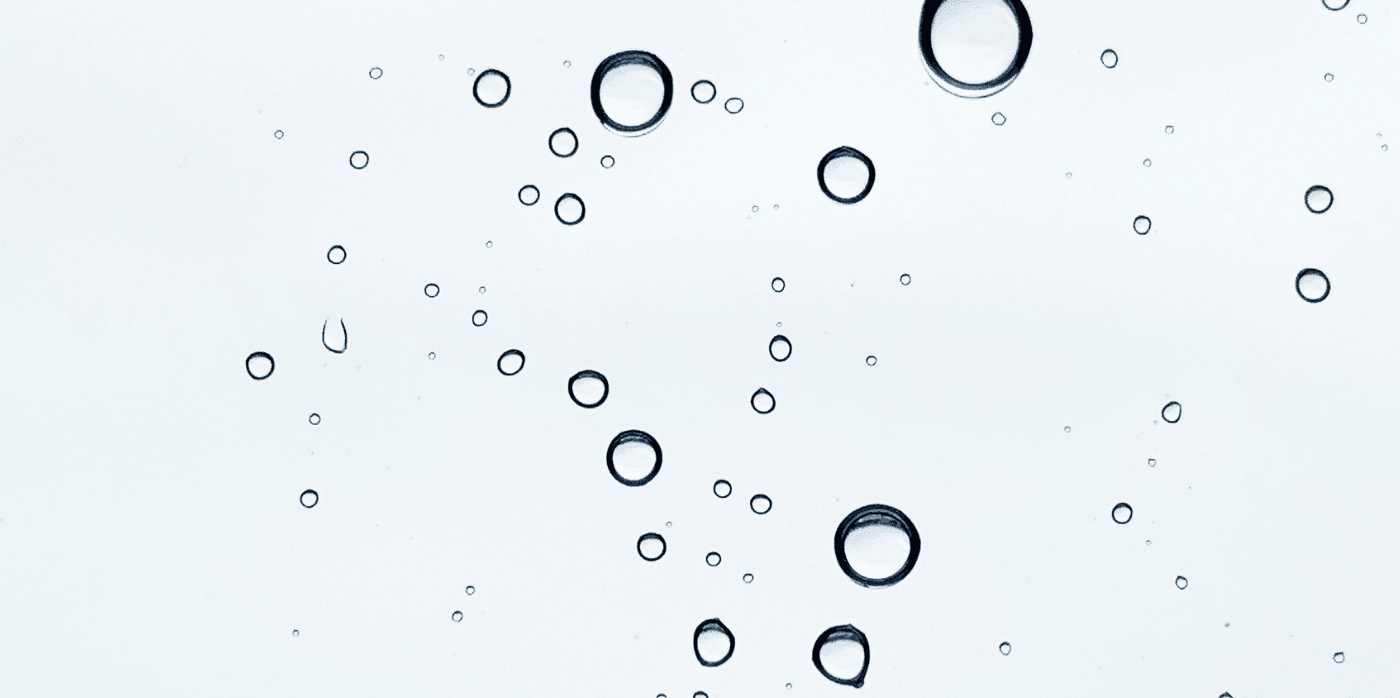Spotted: Generating oxygen in the unique environment of space is a resource-intensive challenge. Astronauts aboard the International Space Station (ISS) need a steady supply of this vital element to breathe, but it’s not easy to come by in low gravity environments.
The current go-to method for oxygen generation involves running an electric current through water—which is made up of hydrogen and oxygen atoms—using an electrolyser. This process separates the hydrogen and oxygen causing bubbles of gas to form in the liquid. So far, so good, but the oxygen must then be extracted from the system. This is challenging in space where there is no buoyancy. On earth, gases bubble to the top of a liquid, but in zero-gravity, they remain suspended. NASA tackles this problem by using centrifuges to force the gas out, but these require so much mass and power that it wouldn’t make sense to use them on longer journeys such as a Mars mission.
Now, an international team of scientists from the University of Warwick in the United Kingdom, the University of Colorado Boulder, and Freie Universität Berlin in Germany has proposed a new way to generate oxygen using magnetism. The process they’ve developed could be a more efficient way to create oxygen for astronauts on long-term space missions.
Magnets are the key to the new technique, with the researchers showing that they can perform the same role as centrifuges in some cases. Their study, published in the journal Microgravity, demonstrated that gas bubbles can be ‘attracted to’ and ‘repelled from’ a simple neodymium magnet in microgravity. This can be achieved by immersing the magnet in different types of aqueous solution.
To demonstrate the technology in microgravity conditions on earth, the team conducted experiments at the Bremen Drop Tower in Germany. At the tower, a capsule containing the objects of an experiment is dropped 146 metres. This creates microgravity conditions for just under 5 seconds.
Other space-related innovations spotted by Springwise include robot factories that manufacture materials in space, a solar panel factory designed for use on Mars, and a new technique that allows for 3D printing in space.
Written By: Katrina Lane
26th August 2022
Email: alvaro.romerocalvo@colorado.edu
Website: nature.com/articles/

